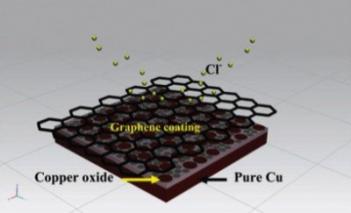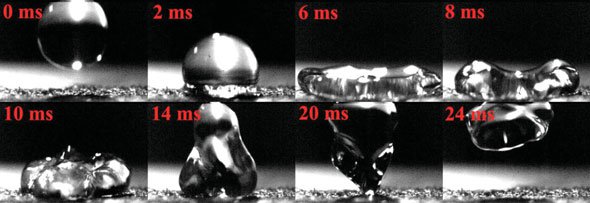Researchers from the Technical University of Denmark (DTU) and the University of Wuppertal (BUW) say that graphene can be used to develop hyperlens able to work in the terahertz range. Fabricating hyperlens able to capture teraherz waves is very challenging, because the lens must behave as a metal in one direction and an insulator in the other direction. Metals can be used (this has been experimentally shown) but then the device cannot be tunable.

Graphene, however, can easily change its properties using electrostatic fields, magnetic fields or chemical doping. The researchers suggest using narrow (starting from 40 nm) tapered graphene wires embedded into polymer. This achieves the very properties needed for hyperbolic dispersion - the wave "feels" it as metal along the wires and as dielectric perpendicular to the wires. The hyperlens can be tuned by applying voltage to the various graphene layers, and can be used not only to image, but also to concentrate terahertz radiation in small volumes.
 PlanarTech is now offering graphene samples and Korean-made thermal CVD equipment. PlanarTech is targeting corporate and academic R&D labs.
PlanarTech is now offering graphene samples and Korean-made thermal CVD equipment. PlanarTech is targeting corporate and academic R&D labs.


